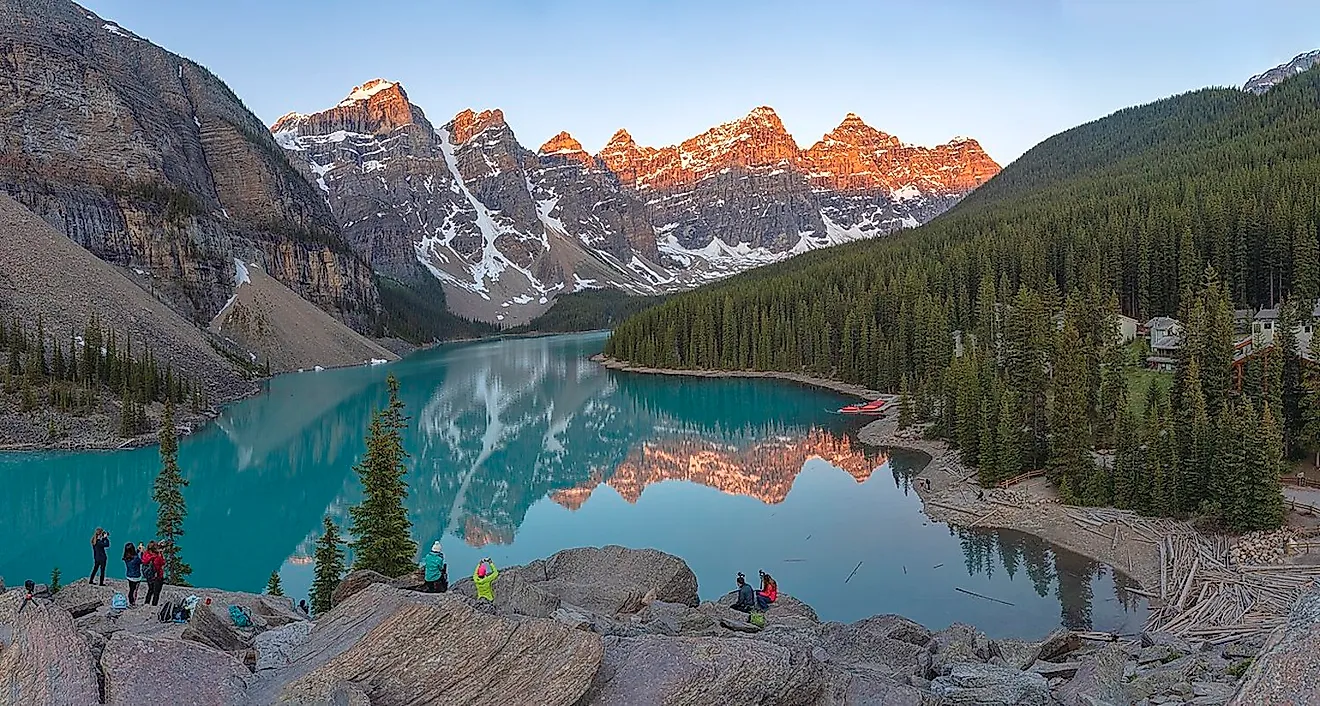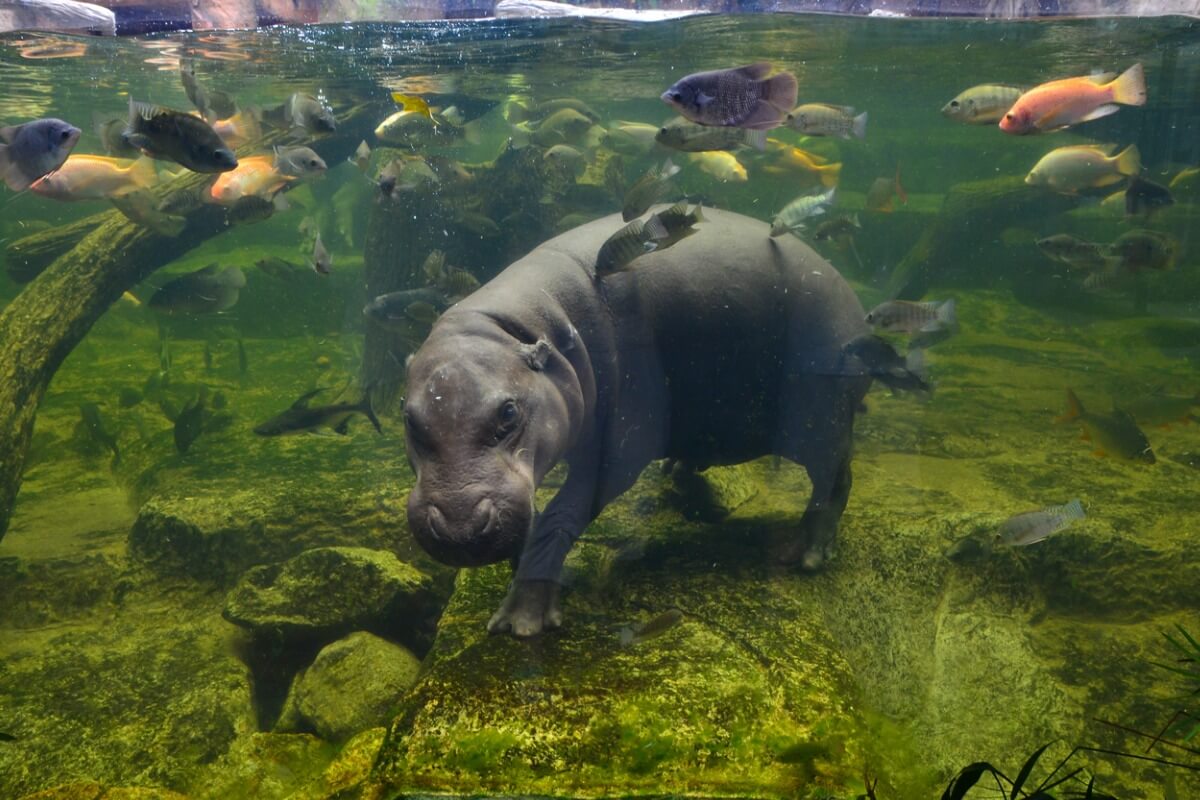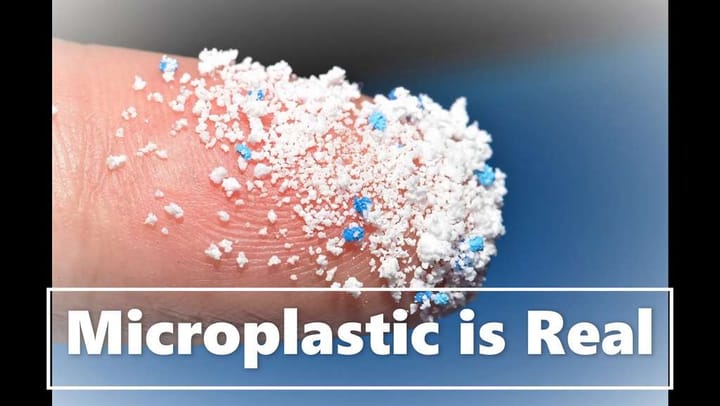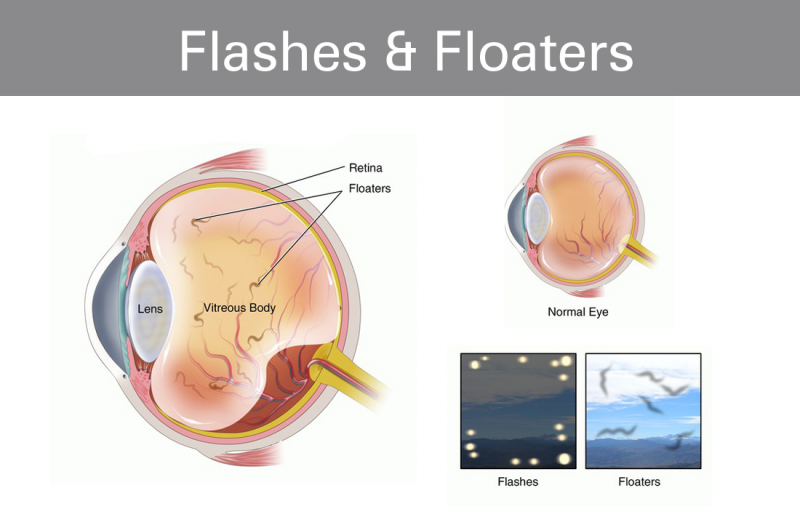Slash Your Water Bill - Top Water Conservation Tips for 2024

conservation
As we navigate the realities of climate change and increasing water scarcity, household water conservation is no longer just a good deed—it's a necessity. The good news? Small changes in our daily routines can make a big difference, both for the planet and our wallets.
The State of Our Water
The statistics paint a sobering picture. According to the Environmental Protection Agency (EPA), the average American family uses more than 300 gallons of water per day at home. This adds up to approximately 100,000 gallons annually! A significant portion of this water usage is, unfortunately, wasted.
Think about it: leaky faucets dripping precious water, long showers, and inefficient appliances all contribute to this alarming statistic. The good news is that by implementing a few simple water conservation strategies, we can dramatically reduce our water footprint and contribute to a more sustainable future.
Simple Steps for Significant Savings
1. Embrace the Power of Low-Flow:
Switching to low-flow fixtures is a game-changer. Installing low-flow showerheads, faucet aerators, and toilets can significantly reduce water consumption without sacrificing performance. For instance, a standard showerhead uses about 2.5 gallons per minute (GPM), while a low-flow alternative uses around 1.5 GPM. That's a potential savings of 1 gallon of water every minute you shower!
2. Fix Leaks, Save Big:
A dripping faucet might seem insignificant, but the numbers tell a different story. A single faucet leaking one drip per second can waste over 3,000 gallons of water per year. The solution? Regularly inspect your faucets, showerheads, and toilets for leaks. If you're not comfortable tackling repairs yourself, call a qualified plumber. These small fixes can lead to substantial savings on your water bill.
3. Rethink Your Laundry Habits:
Washing machines are water-guzzlers. Opt for full loads whenever possible and select the appropriate water level setting for smaller loads. Additionally, explore the eco-friendly options on your washing machine, such as shorter wash cycles or cold water settings, which are often just as effective and conserve both water and energy.
4. Get Smart with Your Garden:
Outdoor water use accounts for a significant portion of household consumption. Embrace water-wise gardening techniques by selecting drought-tolerant plants, grouping plants with similar watering needs together, and using mulch to retain moisture in the soil.
Consider investing in a rain barrel to collect rainwater, which is free and ideal for your garden. When watering, do so early in the morning or evening to minimize evaporation and maximize water absorption by the plants.
5. Turn Off the Tap:
This might seem obvious, but it's surprising how often we leave the water running unnecessarily. Turn off the tap while brushing your teeth, washing dishes, or scrubbing vegetables. Even a few seconds saved each time can add up to significant water savings over time.
Water Conservation: A Collective Responsibility
Conserving water is not just about lowering our water bills; it's about safeguarding a precious resource for future generations. By adopting these simple yet effective water conservation tips, we can all contribute to a more sustainable future, one drop at a time.
Remember, every drop counts!

/https://static.texastribune.org/media/images/AmericanBlackBear.jpg)

:max_bytes(150000):strip_icc()/rainwater-harvesting-system-isometric-diagram-1201105579-34cb7b27492f42c387b89fd903a16ba4.jpg)













Comments ()